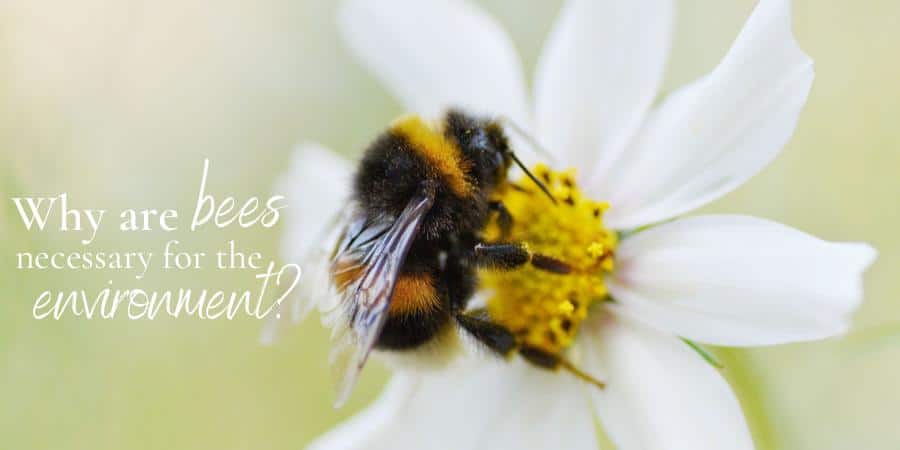As we humans go about our business, it can be easy to overlook the big events happening on a small scale all around us. Ants lining up, caterpillars munching endless leaves, bees humming through our gardens – these activities often go unnoticed when we’re busy looking at what feels like our much bigger picture. But as the environment continues to change under our increasingly significant influence, it is becoming more and more important to understand how these small scale events are working to shape our world, and more importantly, how their disappearance might lead to irreversible and lasting consequences.
What do bees do?
Everyone knows bees make honey. It’s their claim to fame. While a lot of insects (especially the buzzing, stinging kind) get a bad rap, bees get a step up thanks to their ability to produce the much-loved sweet stuff. But bees are more than just honey makers; they are one of nature’s most important pollinators, a process that more than 90% of plants depend on to reproduce, including the ones that help feed the ever-growing human population. This is one of the reasons why it is vital that we understand what bees bring to our world and how to help them thrive.
In addition to pollinating crops for humans, bees play a role in sustaining other ecosystems:
- Some tree species, such as willows and poplars, are pollinated by bees. These trees act as habitats for birds and insects, providing food and shelter, and enriching biodiversity.
- Like humans, other animals also enjoy and depend on the honey that bees produce. Bees themselves also provide a food source for animals such as badgers, who like to eat bee larvae, and bee-eaters, colourful little birds found primarily in Asia and Africa.
- Bees help pollinate the wild plants that many animals depend on for the fruits, nuts, and berries they produce.
What is the cost of bees going extinct?
Our planet’s ecosystems are so complex and interconnected, it’s impossible to predict how devastating the results would be if bees were to disappear. Without their busy pollinating activities, we risk a shortage in our own food supplies. Wild plants wouldn’t be able to reproduce, leading to declining biodiversity and endangered ecosystems. Animals that depend on bees for their own food supplies would suffer hardship and population losses, increasing the risk of species extinction.
How can we help conserve bees?
Bees face a growing number of threats, including climate change, harmful farming practices, disease, and habitat loss. Here are a few ways we can protect bee populations and help them thrive.
- Don’t use pesticides – switching to organic pesticides or eliminating their use altogether is a big help. If you must apply pesticides, try to do it very early or very late in the day, when bees are less active.
- Grow bee-friendly plants and flowers – native plants that are adapted to the soil and environment where you live provide the best sources of food for your local bees. As a bonus, they are also typically low maintenance.
- Consider building a hive or creating inviting nesting areas in your yard – fallen trees, stumps, even wooden blocks with holes drilled into them all make good places for prospective bee tenants.
Conclusion
Bees might be in danger, but they aren’t beyond saving. A little caution and consideration on our part will go a long way towards making our environments bee-friendly places again. These little creatures play a big role in making many lives possible, so it is important that we take the time to understand how they, and we, fit into keeping our world healthy and thriving.


